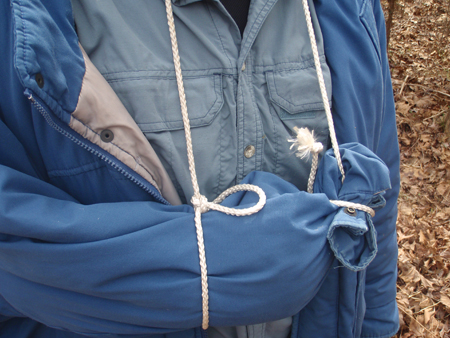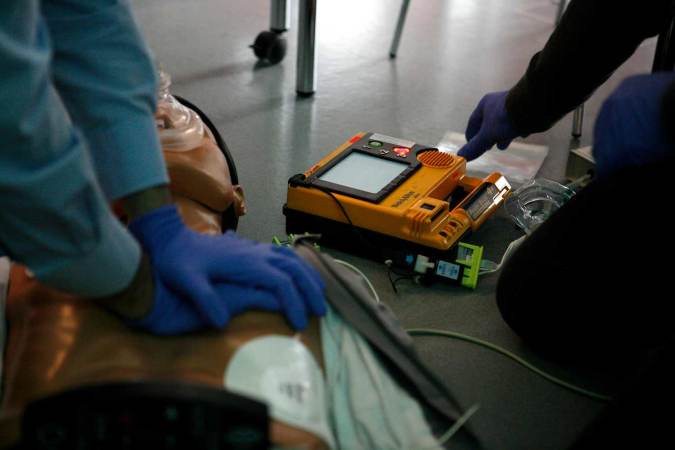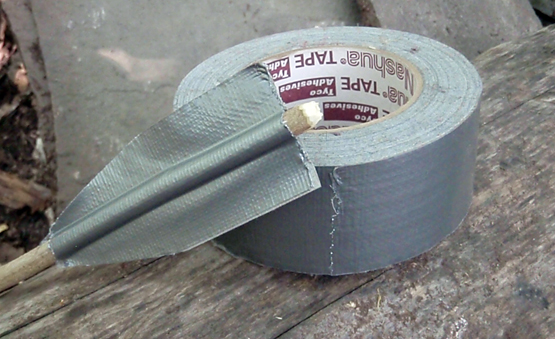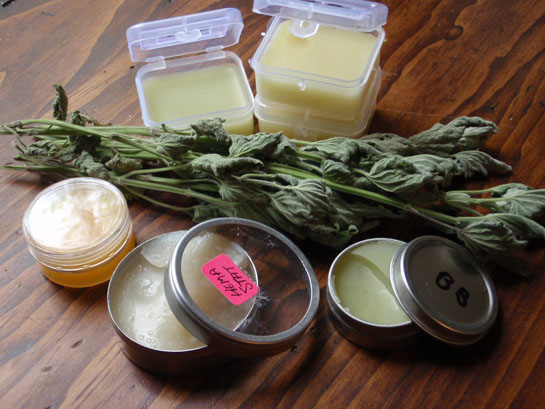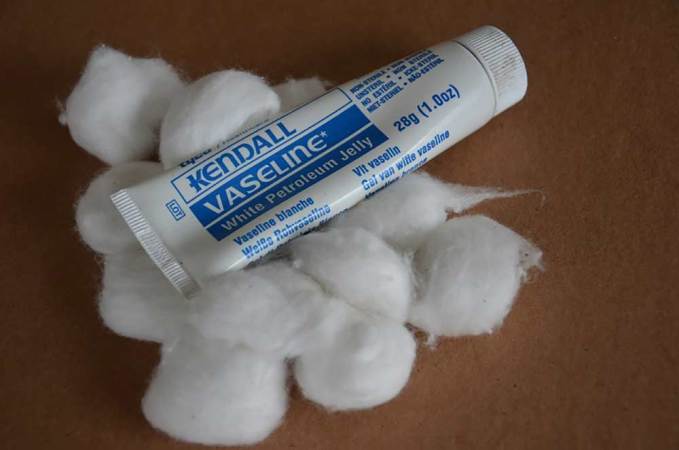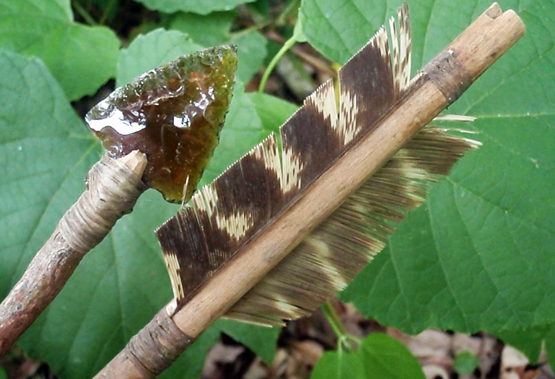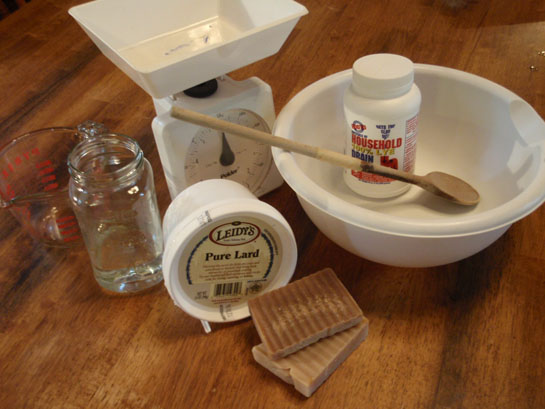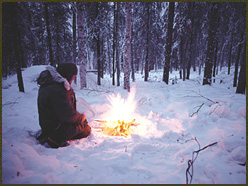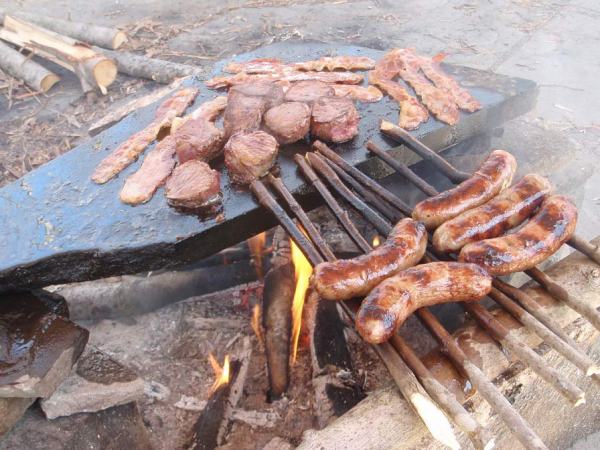The loss of mobility from an injured foot or leg can be a dangerous proposition in a backwoods emergency. When you can no longer hike back to your truck, or walk back to a road, you are in real trouble, especially if you are by yourself. It’s times like these when your field medicine skills prove to be a great investment in self preservation.
Splinting A Foot, Ankle, Or Knee
Falls and other outdoor injuries can cause sprains, strains, and breaks with relative ease. Our feet and ankles are moving parts that not only support all of our body weight, but the weight of all our carried equipment too. While someone trained in medicine should handle the splinting duties, anyone with a basic knowledge can do a passable job, even on themselves.
The first part of splinting is immobilizing the moving parts. It’s always best to immobilize the next joint up from the injury, if possible. If a foot appears to be broken, splint up to the ankle. If an ankle seems sprained, splint up to the knee. If the knee is tweaked, splint up to the hip. Padding is another chief concern. Ample padding helps to stabilize the injury and it also provides pressure to keep swelling in check. Wrap the limb or joint in any bandages or padding that you have available. For the stiff part of the splint, you’ll need to find some bark strips, sticks, or other rigid material. Don’t allow any hollow spots under the rigid splint material. Tape or tie them around the splint padding on the injured limb. Make sure that you don’t tie the splint or any of the wrappings so tight that you cut off circulation. Once you’re done with the splint, it’s time to think about a crutch.
Making Crutches
Most wild places have sticks and branches available. A dead or green branch with a fork at the top become a fully functional crutch with only a little bit of work. Your crutch should be about 4 feet in length for folks of average height. The fork should be heavily padded by wrapping it with clothing or another soft material. A little duct tape and a strip off a foam sleeping pad can work, too. The broader the angle on the fork, the more comfortable the crutch will be. Now, with splint and crutch, you’re all set to hobble your way back to civilization.
Have you ever needed to make a crutch or splint a leg? Tell us about it in the comments.
